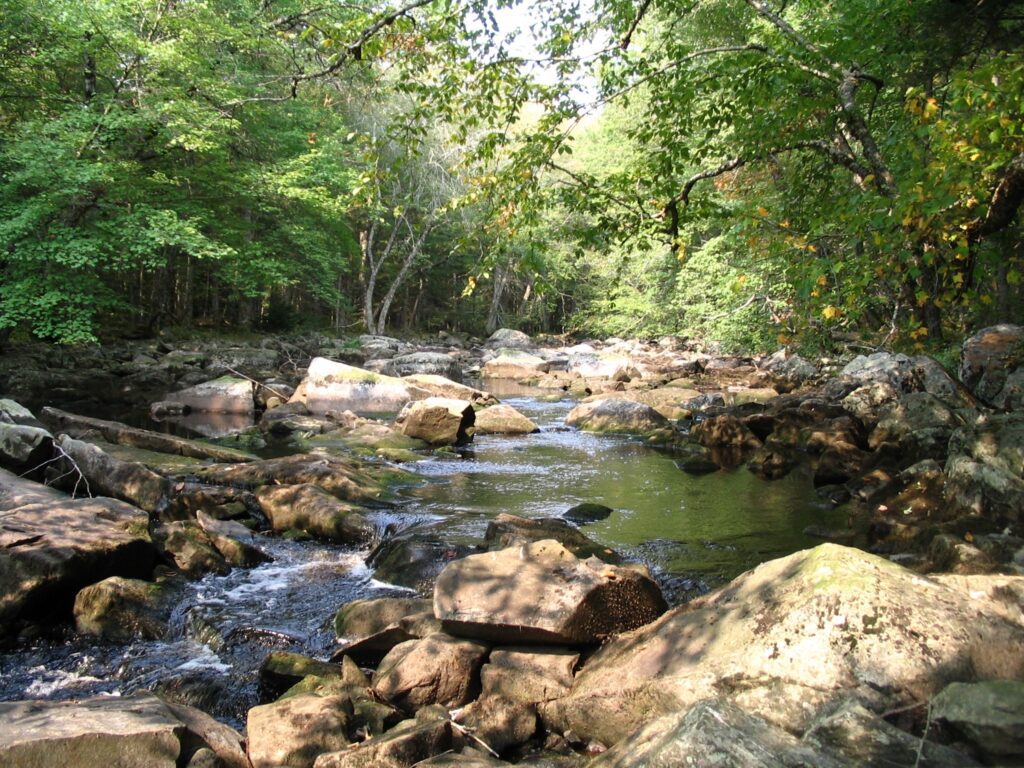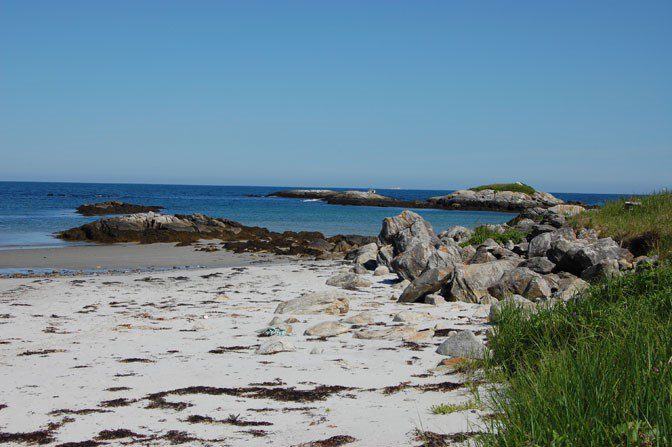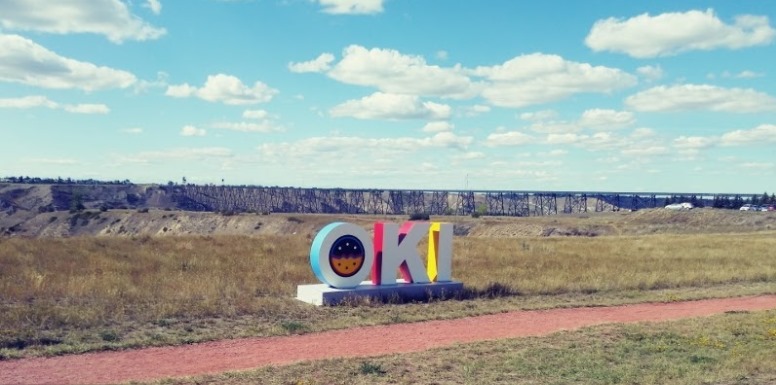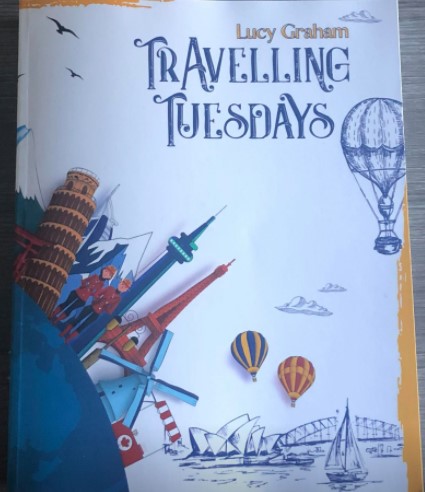UNESCO World Heritage Site - Southwest Nova Biosphere Reserve
UNESCO World Heritage Site - Southwest Nova Biosphere Reserve


UNESCO World Heritage Site - Southwest Nova Biosphere Reserve - Day 512 - Daily Content Challenge
The sixth UNESCO World Heritage Site that is located in Nova Scotia is the Southwest Nova Biosphere Reserve. Designated in 2001 under the UNESCO Man and the Biosphere Program, this area spans over 1.54 million hectares in Annapolis, Digby, Queens, Shelburne and Yarmouth counties of Nova Scotia.
There is an Interpretive Centre located in the community of Kemptville, in Yarmouth County, NS. This is a centre for research, education, and outreach related to the unique natural and cultural characteristics of the Southwest Nova Biosphere Reserve.
One of the core protected areas is Kejimkujik National Park. Kejimkujik comes from the Mi’kmaq word ‘kejimkuji’jk” which means “little fairies”. The park is divided into two areas. Kejimkujik inland is located 18 km from the village of Caledonia in Queens County, NS located on Highway 8. Kejimkujik Seaside is 100 km away along the Atlantic coast near Port Joli also in Queens County.
The larger, inland area features beautiful lakes and quiet rivers. These waters are lined with pines and deciduous trees that turn to shades of yellow, orange and red in the fall. The smaller section on the coast between Lunenburg and Yarmouth features quiet beaches and beautiful rock formations.
The main part of Kejimkujik was first established as a National Park in 1969. It was recognized for its old growth forest, rare wildlife and traditional Mi’kmaq waterways. The canoe routes in Kejimkujik had been used by Mi’kmaq for thousands of years as they travelled between the Bay of Fundy and the Atlantic Coast. The Mi’kmaq also made their mark while on those journeys. They left stone carvings, or petroglyphs, on the slate outcroppings along the shore.
There are four Mi’kmaq petroglyph sites in the park found in slate beds on the eastern side of Kejimkujik Lake. The petroglyphs show aspects of traditional Mi’kmaq life after contact with Europeans. Motifs include canoes, wigwams, traditional costume, and decorative designs. There are images of prey animals but none of plants. European motifs include ships, horses, women in dresses, five-pointed stars and some Christian symbols.
Another protected area is the Tobeatic Wilderness Area. Tobeatic means “place of the alder” in Mi’kmaq and is affectionately known as the Toby. It is home to many moose and white-tailed deer. There are wonderful lakes and streams for canoeing and kayaking. This area also has a large collection of petroglyphs.
The Tobeatic Wilderness Area has unique barren and semi-barren landscapes with undisturbed glacial landforms. This area protects remote and undisturbed wildlife habitat. There are expansive wetlands, pockets of old-growth pine and hemlock forest, and the headwaters of nine major river systems flowing to both the Atlantic and Fundy coasts.
In 2014 the Tobeatic became the core area of North America’s first certified Starlight Reserve and Starlight Tourist Destination. Now known as “Acadian Skies & Mi’kmaq Lands”, the Reserve met the criteria set by the UNESCO-backed Foundation and the Canaries Astrophysics Institute. Due to the lack of light pollution and an inland climate with clear skies the Tobeatic Wilderness Area is a great place to go skygazing. The Wilderness area is relatively remote and underdeveloped. There are few sources of artificial light to interfere with stargazing. The lack of light pollution means that the stars and constellations can be seen more clearly, making this an ideal location for astronomy enthusiasts.
Both Kejimkujik National Park and the Tobeatic Wilderness Area offer opportunities to explore Nova Scotia’s natural and cultural heritage and to see a wide range of wildlife. The UNESCO Southwest Nova Biosphere Reserve recognizes the importance of protecting and preserving the natural and cultural heritage of this unique region of Nova Scotia.
# living life abundantly # published author # travelling tuesdays
Have you been to the Kejimkujik National Park or to the Tobeatic Wilderness area?
Share your answers in the comments below.



